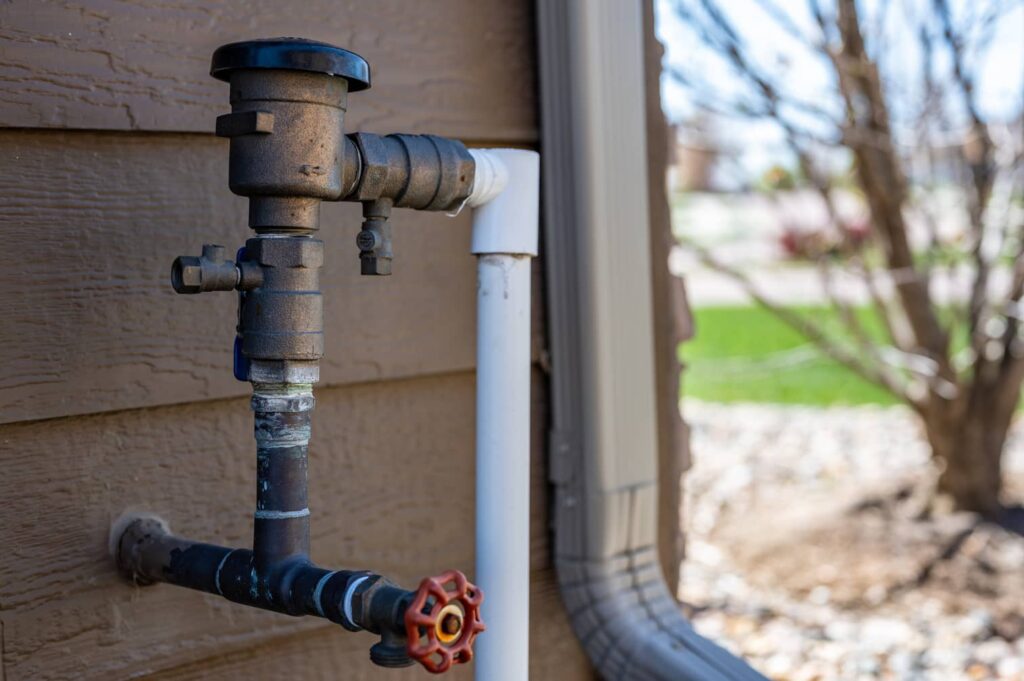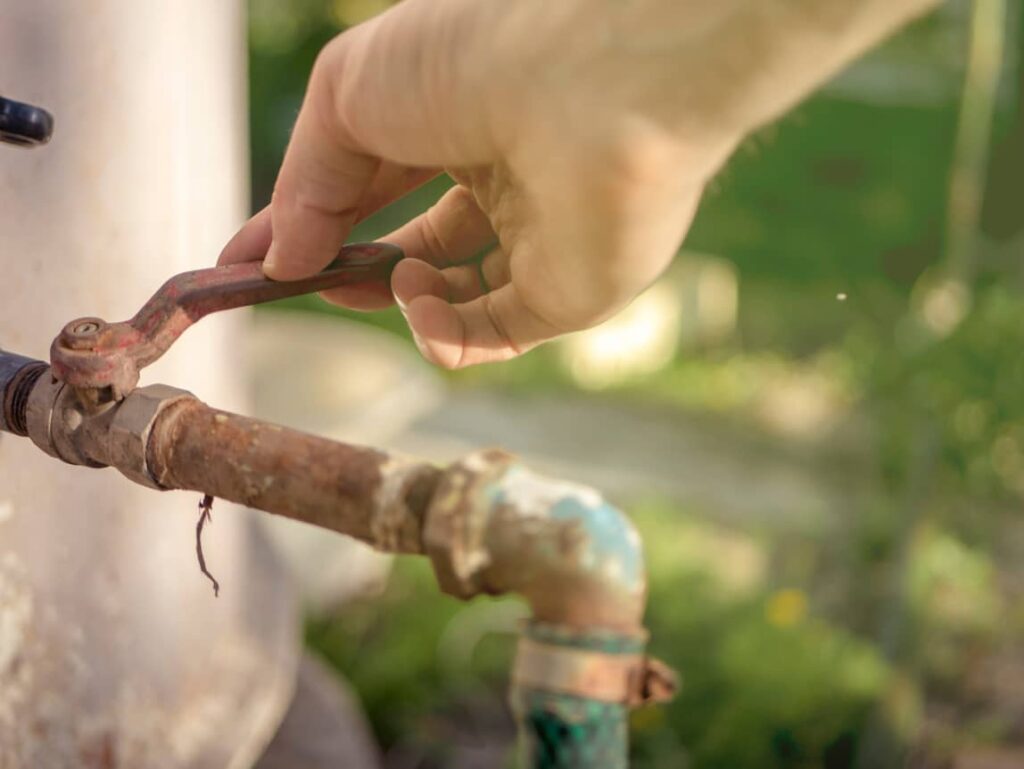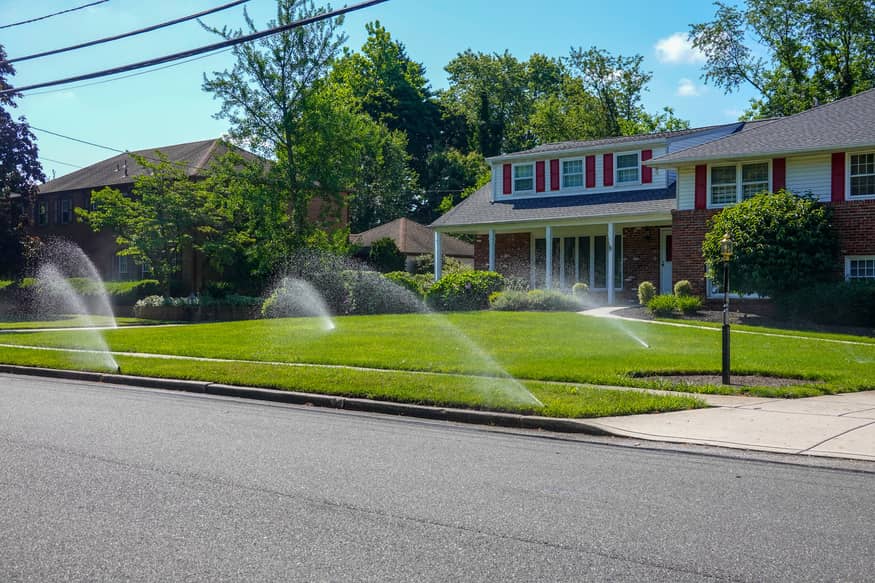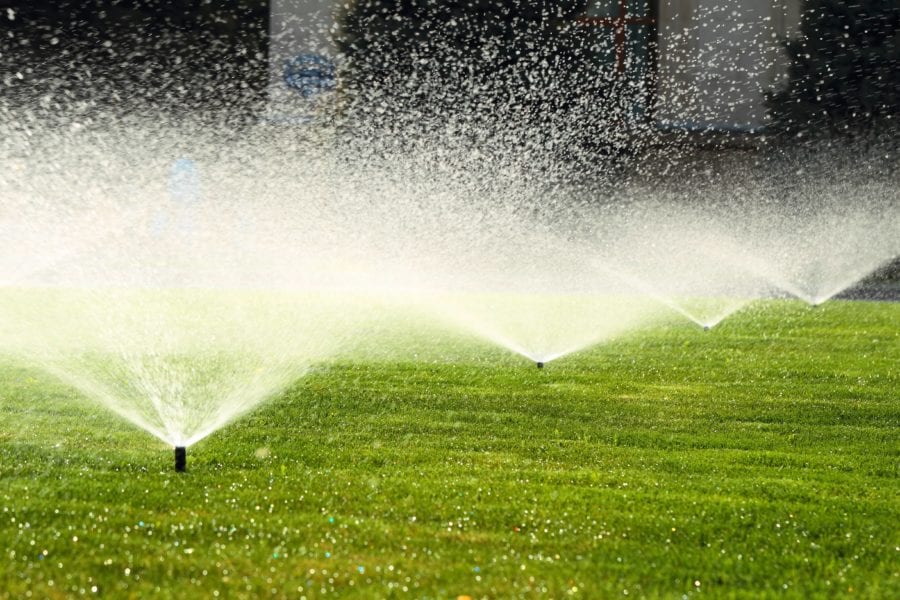
Ensuring your home operates smoothly requires regular maintenance, and that includes the systems that extend beyond your four walls. A prime example is your sprinkler system, a critical component of your lawn’s health and your property’s curb appeal. Regular care, like irrigation maintenance, turning on and off, and winterization, is crucial to prevent damage and costly repairs.
In this post, we’ll guide you through the essential steps to properly work with and maintain your sprinkler system, ensuring it remains in top condition year-round. Whether you’re a seasoned homeowner or new to lawn care, mastering these techniques will save you time and protect your investment.
Understanding Your Sprinkler System
A robust sprinkler system is a must for any homeowner. Seamlessly Integrating with your landscape to hydrate your lawn without relying on costly municipal water just makes your life easier. These systems are typically installed during a home build and feature a network of zones. These ensure even coverage across your lawn.
When it comes to operation, sprinkler systems are surprisingly user-friendly. They are designed to offer convenience and efficiency, but that doesn’t mean they’re set and forget. Knowing how to manage your system is key, particularly when the seasons change or if an unexpected issue arises.

How Do I Turn It Off?
The process of shutting down your sprinklers is straightforward and crucial for preventing over-watering during heavy rain or preparing for the colder months. Here’s a breakdown of the steps you’ll need to take:
1) Power Down the Controller: Typically located in your garage, the automatic control unit is the brain of your sprinkler system. Simply switch it to ‘off’ to halt operations, ensuring you don’t waste water when nature is doing the job for you.
2) Handle the Backflow Device: Found in your basement or on the exterior of your home, the backflow device is fail-safe against water contamination. It has two valves – turning one upwards will cut the water supply, effectively stopping the system.
3) Shut Off the Main Water Supply: Look for the main shut-off valve. This should be along the main water line to your home. This could be in the basement, yard, or a utility closet. Rotate the handle 90 degrees to stop water from flowing into the sprinkler system.
4) Drain the Pipes: To winterize your system, empty the remaining water from the pipes. This step is non-negotiable! Water freezing can cause pipes to burst. If you’re unsure about this process, it’s wise to enlist a professional to help.
Other Recommended Maintenance
As seasons pass, maintaining your sprinkler system will involve more than occasional turn-off and turn-on procedures. Regular inspections are crucial; in spring, check for leaks or damage, and in autumn, begin the winterization process. Keep sprinkler heads and valve boxes free from debris to prevent clogs and ensure proper water flow.
Additionally, adjust your controller settings to match the current weather conditions, and consider installing smart controllers and sensors to enhance efficiency. Though personal upkeep is essential, an annual professional service can address complex issues and optimize system performance.
Upgrading to high-efficiency nozzles and retrofitting older systems can further improve water usage and system longevity. By consistently attending to these areas, you’ll keep your sprinkler system in optimal condition, saving water and maintaining a lush landscape.

When to Call a Professional
While routine maintenance of your sprinkler system can be an independent task, there are instances when calling a professional is best. If you encounter persistent leaks, inconsistent water pressure, or signs of significant damage, expert intervention is necessary.
Professionals are also essential for comprehensive annual inspections, system optimizations, and technical upgrades. They bring specialized tools and knowledge that can diagnose and resolve complex issues efficiently. Trusting a professional with these tasks ensures your system remains reliable and effective over the long term.
Conclusion
Whether you are preparing to winterize your sprinkler system, or just want to shut it off for a bit, you’re now ready to turn it off and back on whenever you need to. However, calling on your local home inspection team to conduct an irrigation system inspection is still always beneficial. Additionally, they can show you where your system is failing and what might need to be repaired before you start to shut it off. For a closer look at an existing sprinkler concern or an inspection of the entire system, reach out to the professionals at Boggs Inspection Services today.


